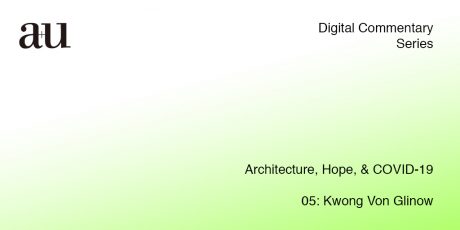Wednesday Jeanne Gang
As the coronavirus pandemic has spread, many of us city dwellers have renewed our appreciation for the natural world and our desire to be part of it. The ability to spend time outdoors enjoying the weather, listening to birdsong, and observing seasonal surges of growth has in many ways never felt more precious.
This visceral reminder that we humans need nature arrives at a critical moment. The renewed awareness it brings can help spark a new era of care and protection for the natural environment, but at the same time, we also worry that—in combination with the pandemic—it could inspire a desire for distance from the city. Could the hunger for nature lure residents away from urban environments altogether? Giving up on the city and sprawling outward will only exacerbate climate change and increase damage to crucial ecosystems just when our planet needs them most.
It is therefore urgent for designers and others to underscore that urban density and biodiverse nature are not mutually exclusive—they are mutually beneficial, and planning for both can critically strengthen the future health and resilience of our communities. Particularly key is designing buildings that respond to the outside, with generous outdoor spaces, while simultaneously investing in high-quality public green spaces. With their ability to provide multiple benefits for humans and wildlife, in addition to free “ecosystem services” that reduce pressure on municipal resources, public green spaces offer multivalent potential for our cities. As we are gradually able to physically come together again, these places can also help cultivate our social connections by supporting the forms of gathering and interaction that give rise to a stronger and more resilient community.
To fully unlock outdoor spaces’ potential, we must use our design skills to maximize their performance and flexibility—and to advocate for their equitable distribution throughout all neighborhoods. Nature offers more than symbolic hope for our world. But to deliver on its healing and resilient properties, we must recommit ourselves to creating cities where everyone has the outdoor space they need to thrive, together.
Follow the series as it develops, here.






